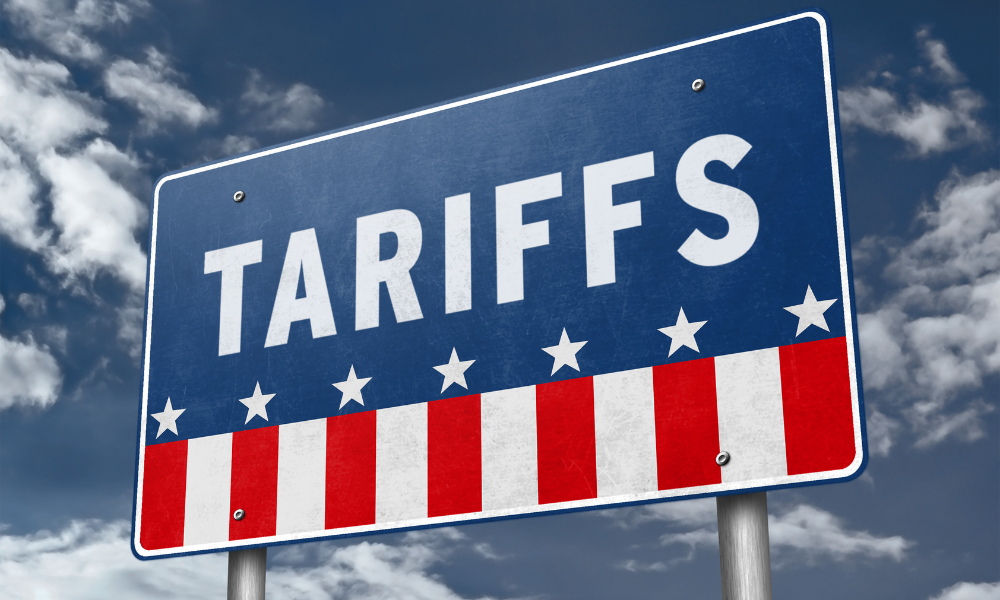Emerging markets appear to be a good investment but despite recent results investors remain reluctant
.jpg)
Emerging markets appear to be a good investment opportunity in the current environment but, despite recent results, many investors remain reluctant. Emerging markets have outperformed the U.S. and Canada over the past year but could the growth story be overdone, and, even if it isn’t, have those who are not invested in emerging markets missed the boat?
“There has been a realization from investors that Trump’s pro-growth policies and tax cuts will take time, and, because of that, we have assets starting to rotate of the U.S. into Europe and emerging markets,” says Christine Tan, Chief Investment Officer at Excel Funds. “When I look at emerging markets I think it is still a good time to be invested primarily because it is a very diverse group of countries. It’s a group of 23 countries with somewhat different, but also somewhat similar, drivers.”
Latin America and Russia share certain characteristics that make them more likely to be affected by commodity prices, whereas countries like China, Korea, Taiwan and India are similar in that they all import resources. With the correction in oil and commodity prices this year, those importers have, on a relative basis, outperformed their exporting peers.
Also, for governments who have been subsidizing gasoline prices, the oil price correction has freed up budgets for spending in other areas.
The middle east is a region that Tan and her team has avoided due to oil’s slump, but she does note that a resurgence would lead her to look at opportunities in financial and property stocks in the region.
“The outperformance in EM has, over the past year, been driven by India and more recently by Korea,” Tan says. “Korea has a new president who is more focused on stimulating the economy and reforming the corporate governance of big conglomerates to compel them to be more shareholder friendly. Those are the countries that have led the performance so far and we’re currently overweight Korea, which is very inexpensive compared to the rest of Asia.”
Brazil was performing extremely well last year but has experienced a pullback in the last several months due to the political noise and uncertainty around the interim president Michel Temer. Chile and Peru have also experienced pullbacks, caused in part by commodity prices and their own political uncertainty. “Investors sometimes think of EM as a homogenous group, but it’s clear that performance in countries and specific sectors differs significantly depending on which period you are looking at,” Tan says.
Valuations is another key reason why investors looking for growth - especially those with a three-to-five-year trajectory - should consider emerging markets. Even with the outperformance seen this year, EM still trades at a discount to the U.S. and Canada and offers better earnings growth potential.
The representation of different sectors in emerging market indexes has changed significantly in the last few years, Tan explains. “EM used to be more cyclical and you would see more industrials and financials and although it never really had a lot of commodities, it used to have more than it has today,” Tan says. “Looking at the biggest sector components of EM today, technology accounts for 25% of the market and is the largest industry constituent, then comes consumer staples, consumer discretionary and financials.”
“Commodities are actually a very small component, so for a Canadian investor who naturally has a lot of direct and indirect exposure to commodities, EM is a good diversifier for their portfolio.”
“There has been a realization from investors that Trump’s pro-growth policies and tax cuts will take time, and, because of that, we have assets starting to rotate of the U.S. into Europe and emerging markets,” says Christine Tan, Chief Investment Officer at Excel Funds. “When I look at emerging markets I think it is still a good time to be invested primarily because it is a very diverse group of countries. It’s a group of 23 countries with somewhat different, but also somewhat similar, drivers.”
Latin America and Russia share certain characteristics that make them more likely to be affected by commodity prices, whereas countries like China, Korea, Taiwan and India are similar in that they all import resources. With the correction in oil and commodity prices this year, those importers have, on a relative basis, outperformed their exporting peers.
Also, for governments who have been subsidizing gasoline prices, the oil price correction has freed up budgets for spending in other areas.
The middle east is a region that Tan and her team has avoided due to oil’s slump, but she does note that a resurgence would lead her to look at opportunities in financial and property stocks in the region.
“The outperformance in EM has, over the past year, been driven by India and more recently by Korea,” Tan says. “Korea has a new president who is more focused on stimulating the economy and reforming the corporate governance of big conglomerates to compel them to be more shareholder friendly. Those are the countries that have led the performance so far and we’re currently overweight Korea, which is very inexpensive compared to the rest of Asia.”
Brazil was performing extremely well last year but has experienced a pullback in the last several months due to the political noise and uncertainty around the interim president Michel Temer. Chile and Peru have also experienced pullbacks, caused in part by commodity prices and their own political uncertainty. “Investors sometimes think of EM as a homogenous group, but it’s clear that performance in countries and specific sectors differs significantly depending on which period you are looking at,” Tan says.
Valuations is another key reason why investors looking for growth - especially those with a three-to-five-year trajectory - should consider emerging markets. Even with the outperformance seen this year, EM still trades at a discount to the U.S. and Canada and offers better earnings growth potential.
The representation of different sectors in emerging market indexes has changed significantly in the last few years, Tan explains. “EM used to be more cyclical and you would see more industrials and financials and although it never really had a lot of commodities, it used to have more than it has today,” Tan says. “Looking at the biggest sector components of EM today, technology accounts for 25% of the market and is the largest industry constituent, then comes consumer staples, consumer discretionary and financials.”
“Commodities are actually a very small component, so for a Canadian investor who naturally has a lot of direct and indirect exposure to commodities, EM is a good diversifier for their portfolio.”



